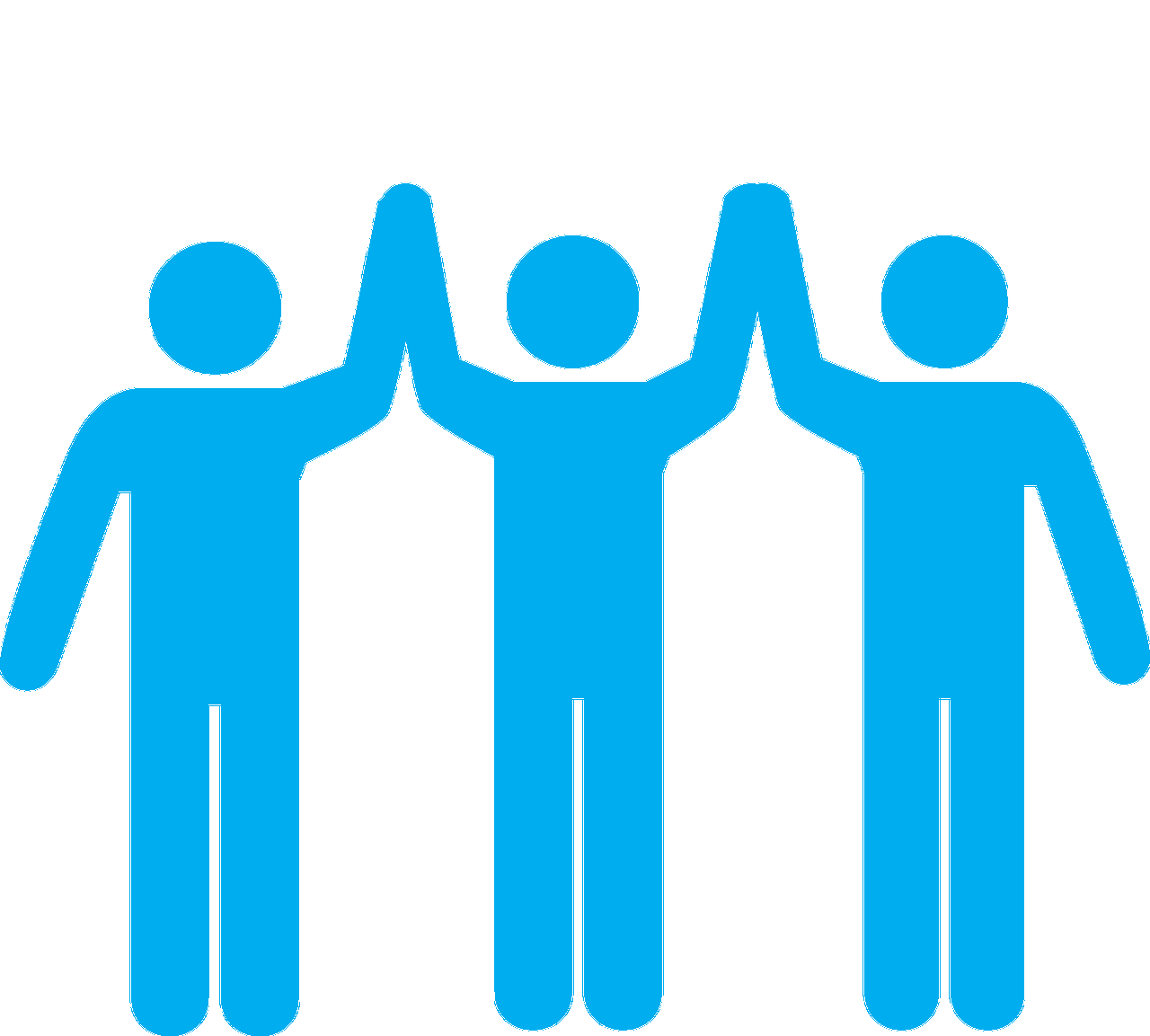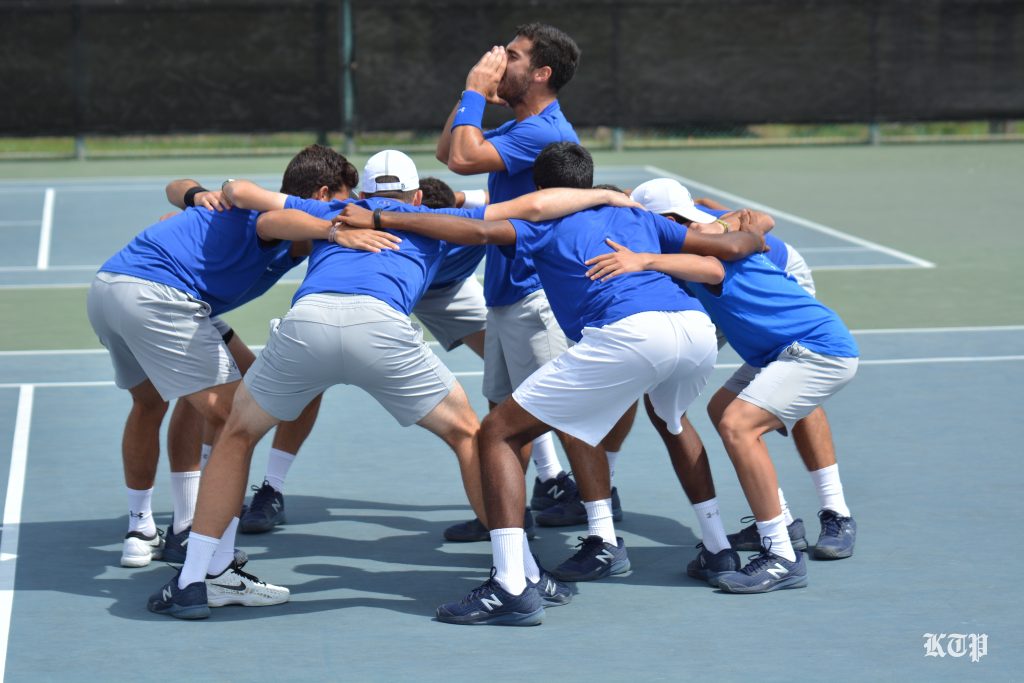What is a Team?
Salas, Sims, and Burke (2005) define teamwork as “two or more individuals with specified roles interacting adaptively, interdependently, and dynamically toward a common and valued goal (p. 562).
Hughes and Jones (2011) ask “what makes a team something different from any other group of people?” Teams, they say, are composed of individuals who share the following defining characteristics:
- A shared collective identity,
- Common goals,
- Interdependence in terms of assigned tasks or outcomes,
- Distinctive roles within the team (p. 54).
Collaborative learning, according to Barkley, Cross, and Major (2005), can be “carried out through pairs or small interactive groups”; however, collaborative learning takes place when students work together to “achieve shared learning goals” (p. 4).
 |
|
Patrick Lencioni (2002), in his book The Five Dysfunctions of a Team, notes that while “teams… are made up of imperfect human beings [and so] are inherently dysfunctional” (p. vii), there are five traits that are hallmarks of a good team:
-

Figure 3.1 They trust one another.
- They engage in unfiltered conflict around ideas.
- They commit to decisions and plans of action.
- They hold one another accountable for delivering against those plans.
- They focus on the achievement of collective results” (p. 190).
These five traits are the signature of a solid team in a corporate setting, or in a classroom. However, it is not easy to form a good team in one semester. You need a leader, but you also need followers who are committed to the task at hand and who will support the leader and each other. Everyone needs to work cooperatively.

This next section looks at the benefits of teamwork and how you can become a good team leader and a good team member.

